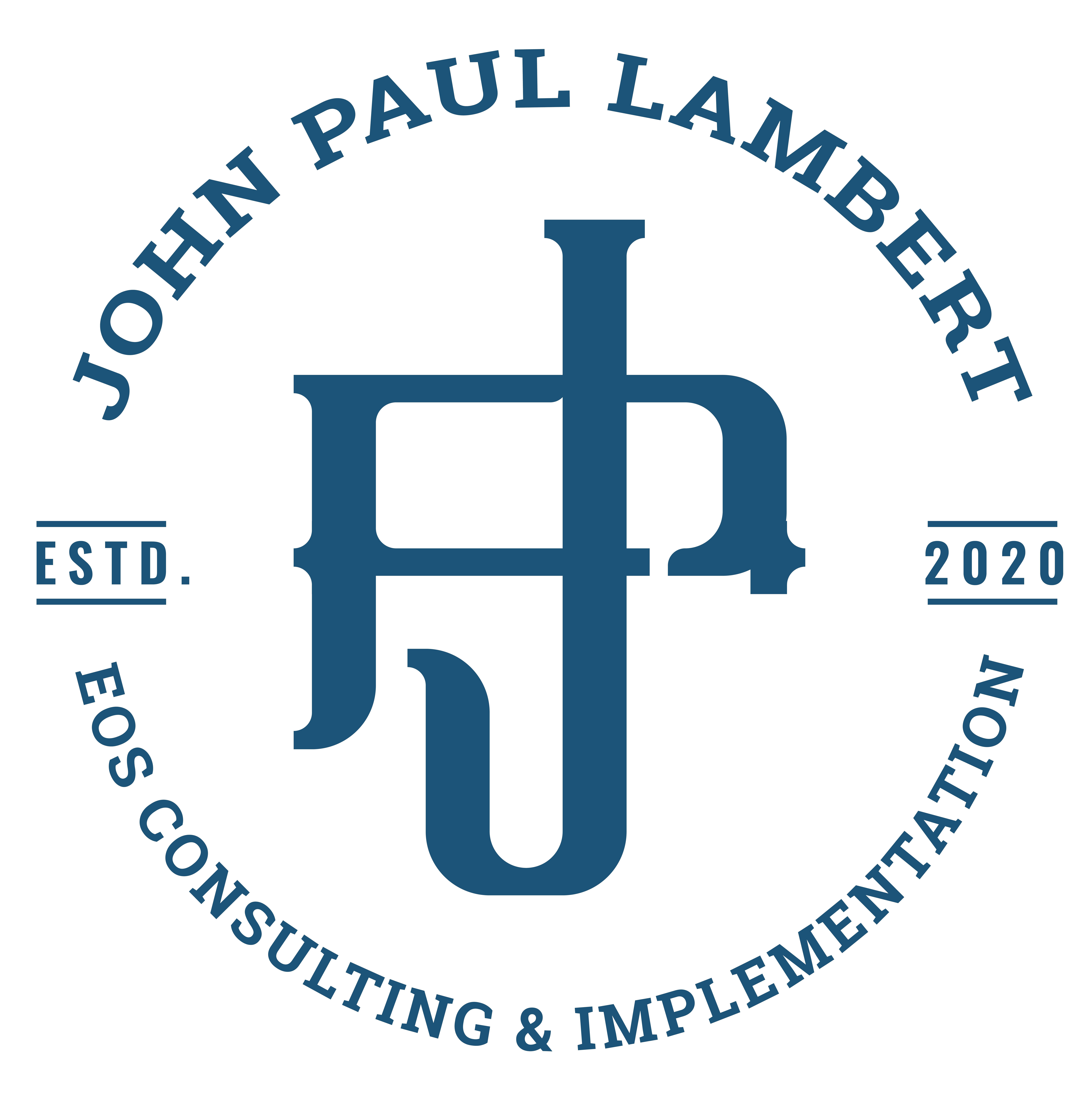Today, we will explore Supply Chain and Logistics Management, a critical aspect of ensuring that products reach consumers efficiently and effectively. This lesson will cover the overview of supply chain management, logistics management, and strategies to enhance supply chain efficiency.
Overview of Supply Chain Management
Supply Chain Management (SCM) involves the management of the flow of goods and services, including all processes that transform raw materials into final products. It encompasses the planning and management of all activities involved in sourcing, procurement, production, and logistics.
- Understanding the Entire Supply Chain:
- The supply chain includes everything from product development, sourcing, production, and logistics to the information systems needed to coordinate these activities. A good COO understands where the chain begins and ends as well as all points in between.
- Consider Apple’s supply chain, which includes sourcing materials from around the world, manufacturing components in various countries, assembling products in China, and shipping them to consumers globally. Apple’s tightly controlled supply chain ensures high product quality and reliability. Having the right suppliers and vendors can make or break the operation you are leading.
- “Supply Chain is like nature: it is all around us.” – Dave Waters. The COO sees the supply chain as it is and works to make it better, more reliable, and more efficient.
- Importance of Supply Chain Efficiency:
- Efficient supply chain management reduces costs, improves product quality, and increases speed to market, giving your company a competitive advantage.
- Walmart’s supply chain efficiency is legendary. By leveraging technology and logistics expertise, Walmart ensures that products are available to consumers at the lowest possible cost. You may not have this level of complexity, but where can you leverage technology to help your own supply chain efficiency?
- Businesses that optimize their supply chains can reduce their expenses by 15% and increase profits by the same percentage (DHL Supply Chain).
Logistics Management
Logistics management is a part of supply chain management that plans, implements, and controls the efficient, effective forward and reverse flow and storage of goods, services, and related information between the point of origin and the point of consumption.
- Transportation and Distribution:
- Transportation and distribution involve the movement of goods from the production site to the end consumer. Efficient transportation reduces costs and delivery times. The COO can spot inefficiencies in the process and work backwards to help find more efficient solutions.
- FedEx’s logistics network showcases the importance of effective transportation management. FedEx leverages a hub-and-spoke model to optimize delivery times and reduce shipping costs. What is most effective in your realm of business? Is your distribution optimized?
- “The line between disorder and order lies in logistics…” – Sun Tzu. A good COO hates disorder and will work to find any possible solution that will move disorder back to order again!
- Inventory Management:
- Inventory management involves maintaining optimal inventory levels to meet demand without incurring unnecessary costs. Supply Chain issues are an area of the business where a good COO has his finger on the pulse. He is always thinking about contingencies if the current system goes down.
- Zara’s inventory management system is designed to respond quickly to market demands. By keeping inventory levels low and updating styles frequently, Zara minimizes overstock and markdowns. What is your strategy for managing inventory?
- Effective inventory management can increase a company’s cash flow by 20% to 50% (McKinsey & Company).
Enhancing Supply Chain Efficiency
Enhancing supply chain efficiency involves adopting best practices and leveraging technology to streamline operations, reduce costs, and improve service levels.
- Adopting Technology (e.g., ERP systems):
- Enterprise Resource Planning (ERP) systems and other technologies help integrate all facets of an operation, including planning, purchasing, inventory, sales, marketing, finance, and human resources. What systems are you familiar with now? What systems should you get familar with in order to remain competitive. One thing is for sure, you will never outgrow the need to learn new systems and technology.
- Procter & Gamble uses ERP systems to streamline its supply chain operations, providing real-time data and analytics to enhance decision-making.
- Companies using advanced supply chain technology improve their forecast accuracy by 25% and reduce inventory by 20% (Gartner).
- Implementing Best Practices:
- Best practices include strategies such as just-in-time (JIT) manufacturing, total quality management (TQM), and continuous improvement processes.
- Toyota’s just-in-time (JIT) inventory system ensures that materials arrive exactly when needed, reducing inventory costs and increasing efficiency.
- “If you want to improve the organization, you have to improve yourself and the organization gets pulled up with you.” – Indra Nooyi
Key Takeaways
- Supply Chain Overview: Understand your entire supply chain process, from sourcing to delivering products to consumers, and recognize its importance in your business operations.
- Logistics Management: Learn the critical aspects of transportation, distribution, and inventory management, and their roles in ensuring efficient operations.
- Efficiency Strategies: Explore new technologies and best practices that enhance supply chain efficiency, reduce costs, and improve your overall business performance.
By mastering supply chain and logistics management, you will be able to ensure that your organization’s products reach consumers efficiently and effectively, enhancing customer satisfaction and driving business success.
